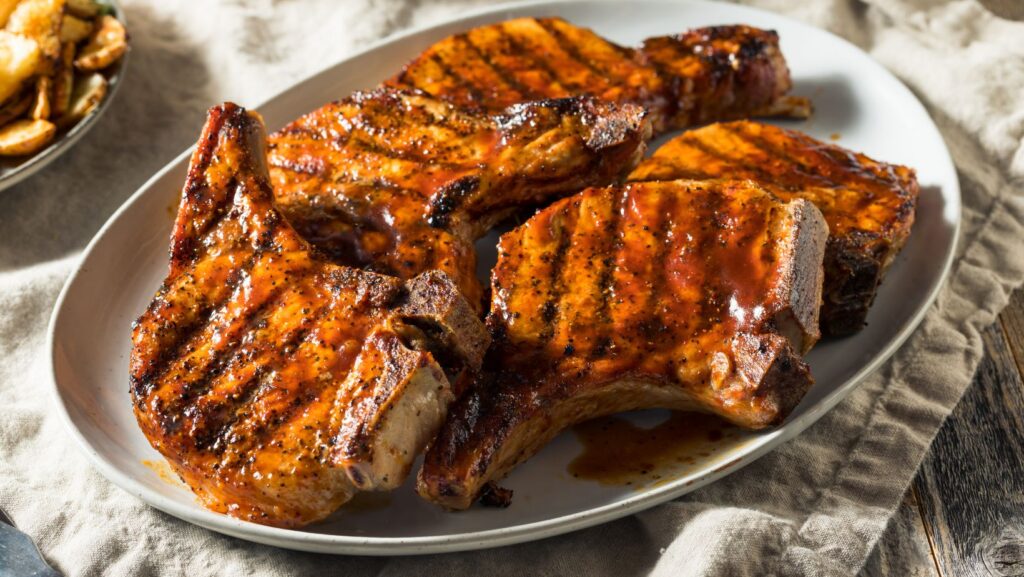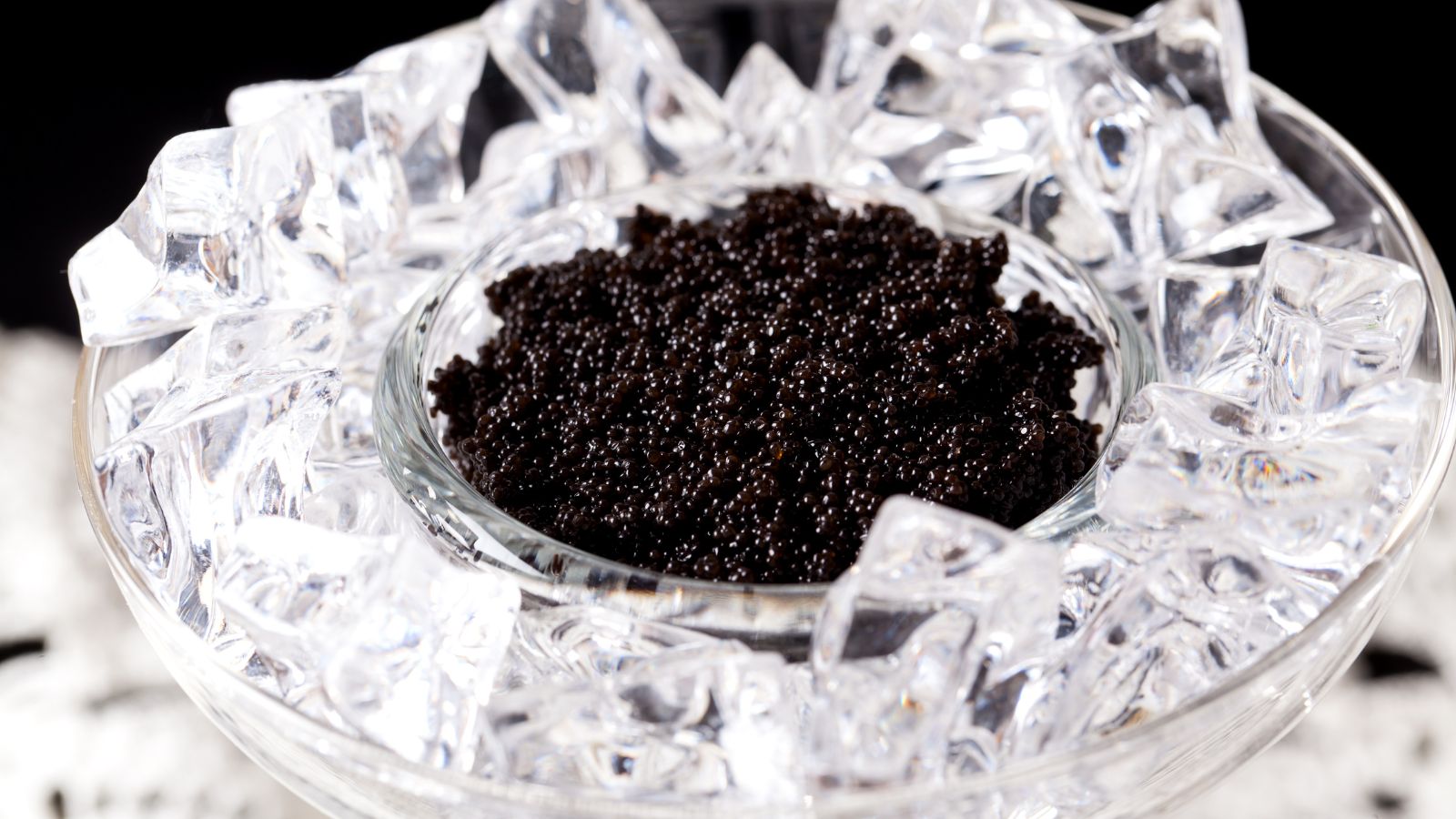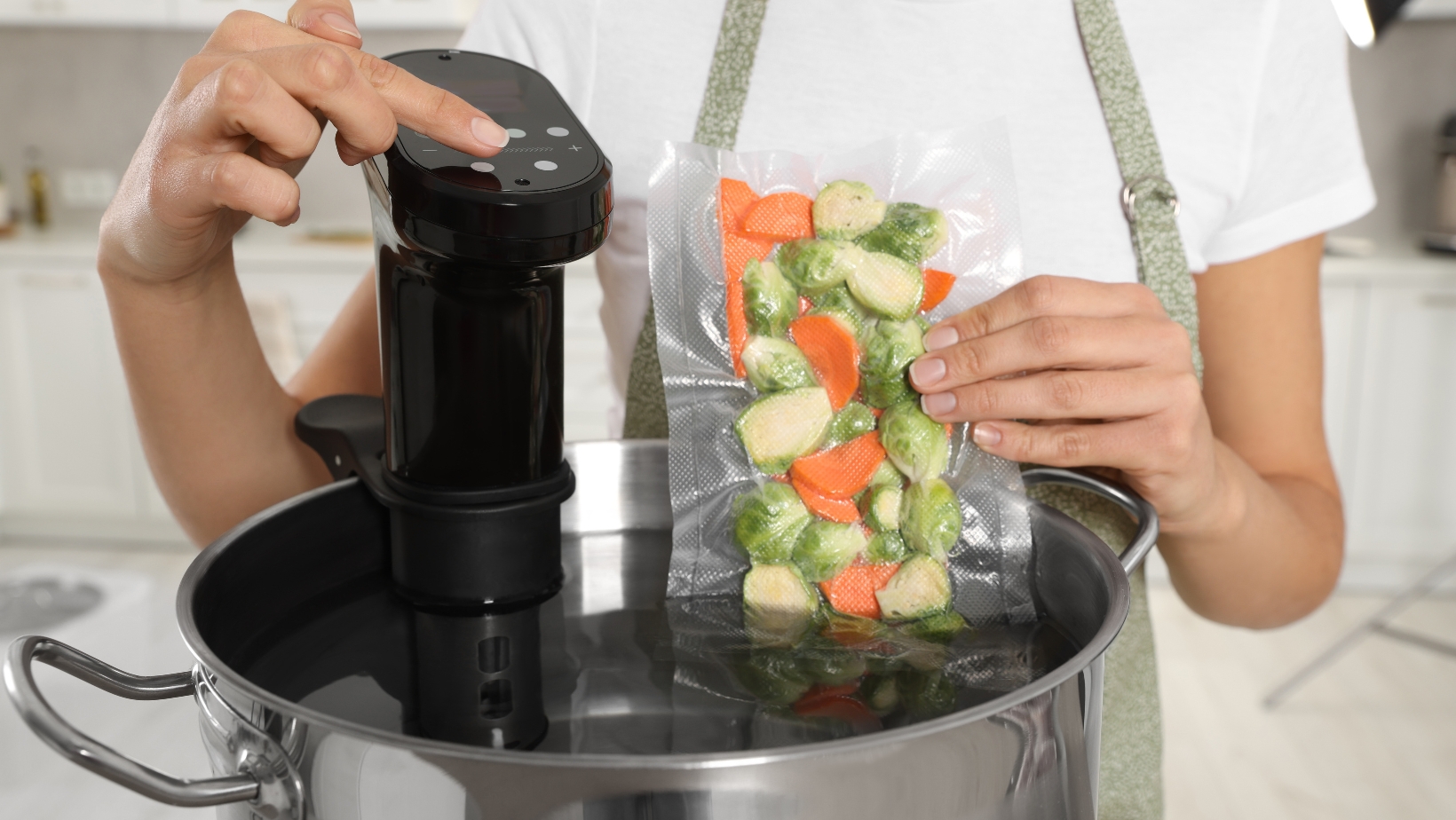The Ultimate BBQ Cheat Sheet: Ideas to Try

You can’t beat a steak sizzling to perfection on the grill or a rack of ribs smothered in a rich barbecue sauce. However, if you want your cookout to be the talk of the neighborhood, you need to have a few tricks up your sleeve.
Get the Right Butcher Knives
The right butcher knives will make all the difference in your barbecue. When you have sharp, high-quality knives, you’ll be able to easily remove fat from meat and slice through brisket and other cuts with ease. Durability is a major factor because you need knives that will hold up for grilling season after season. Keep in mind that the knives you use influence the juiciness and preparation of the meat.
Familiarize Yourself With How to Cut Meat
Regardless of which butcher knives you have, how you cut the meat makes all the difference in the outcome. For instance, you should always cut meat against the grain. Cutting it this way breaks up the muscle fibers, making it more tender. While you’re learning how to cut meat against the grain, take a look at the lines in the meat. Slice perpendicular to them. This lesson is useful for raw and cooked meat.
Know How to Make the Perfect Brisket
As a well-loved, Texas-style barbecue staple, brisket is revered for its rich flavor and fall-apart tenderness. That said, it’s delicious only when it’s prepared properly. To make the perfect brisket, first remove any excess fat, leaving about a quarter inch of fat cap on the meat. Then, season the meat as desired. For a deep flavor, apply the spices to the meat, wrap it in plastic wrap, and place it in the fridge overnight.
Brisket comes from the lower breast of beef, making it a tough piece of muscle rich in connective tissue. While it’s flavorful, you must cook it on low for a prolonged period to make it tender. As a general recommendation, cook it at 225 to 250 degrees Fahrenheit for one to one and a half hours per pound. For instance, a 5-pound brisket would take five to seven and a half hours.
Before removing the brisket from the oven, check its temperature in multiple areas, including the thickest portion. You want a reading of at least 145 degrees Fahrenheit. If you cook it until it’s 195 to 205 degrees Fahrenheit, it will be more tender.
Once finished, remove the brisket from the oven and let it rest for at least 30 minutes, ideally 45 to 60 minutes. This time will let the juices redistribute throughout the meat, reducing moisture loss when you slice it.
Do you wonder how to cut brisket to ensure it remains tender? Look for the grain in the meat, and cut in the opposite direction. You’ll need to cut it in different directions based on the type of muscle because flatter and fattier muscles have distinct grain patterns.
Choose Your Grill Wisely
The grill you select directly affects the cooking and the finished product. If you choose a charcoal grill, you’ll reap the reward of its simplicity, its ability to reach high temperatures, and the smoky flavor it brings to the meat.
A gas grill, on the other hand, is easy to use, and you can adjust the temperature effortlessly. Without the smoke and ash of a charcoal grill, cleaning a gas one is a breeze. It just requires using a brush on the grates after each use.
A pellet grill is another option. These grills burn wood pellets and require electricity. With this option, the grill will both smoke and grill the meat. The pellets give the food a smoky flavor.
You could also opt for an electric grill. It’s ideal if you don’t have anywhere to grill outside, live in an apartment and want it for a balcony, or are in an area that restricts open flames.

Know When a Dry Rub, Marinade, or Sauce Is Best
If you’re looking to add flavor to your meat, sauces, marinades, or a dry rub can take your cookout up a notch. A dry rub uses herbs and spices to enhance the meat’s flavor and add a crust that seals in the juices. This seasoning method will boost the meat’s flavor without making it soggy or masking its natural richness.
Sauces, on the other hand, can add moisture along with sweetness or zing, depending on the ingredients. Pulled pork or chicken works well with a sauce to add tenderness and flavor.
Whenever you marinate the meat for six to 24 hours, the meat will absorb the oils and seasonings to enhance its flavor and often tenderize it. Specifically, the acid breaks down the protein and lets the meat absorb flavors better, while the oil adds moisture.
Salt in the marinade removes natural juices from the meat, but the salt will allow the muscle to absorb flavors more efficiently. Marinades are best suited for chicken, lamb, beef, and pork, but you could also use them for fish.
Understand How to Select the Right Cut of Steak
The cut of meat you choose will also have an impact on the final results. Let’s say you want a tender, flavorful steak. Look for cuts with marbling because the fat will melt, adding flavor and moisture to the meat. Ribeye, T-bone, and strip steak are among the most popular options because they’re known for their velvety textures and naturally savory flavor. Aim for pieces that are at least 1 to 1 1/2 inches thick so the steak cooks evenly.
If you’re ready to take your barbecue game to a whole new level, follow the tips in this guide. You’ll be the hit of every block party and keep your family coming back for seconds. And remember, the secret to being a grill master starts with durable, sharp knives that cut with precision.




